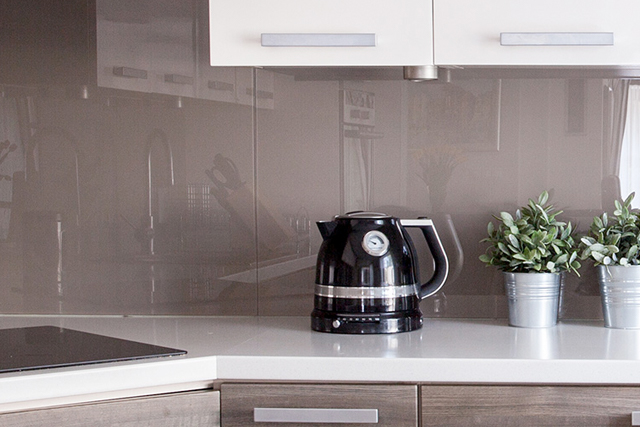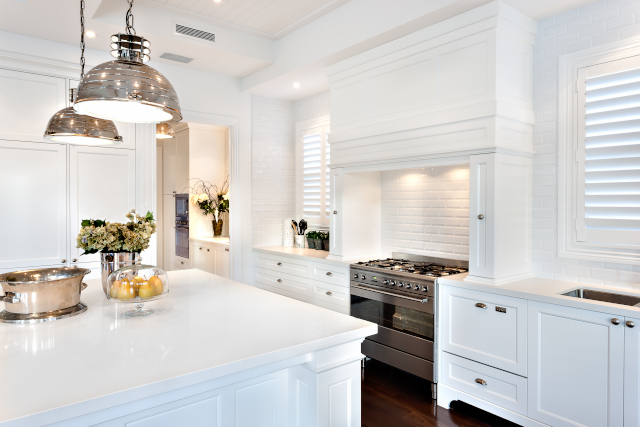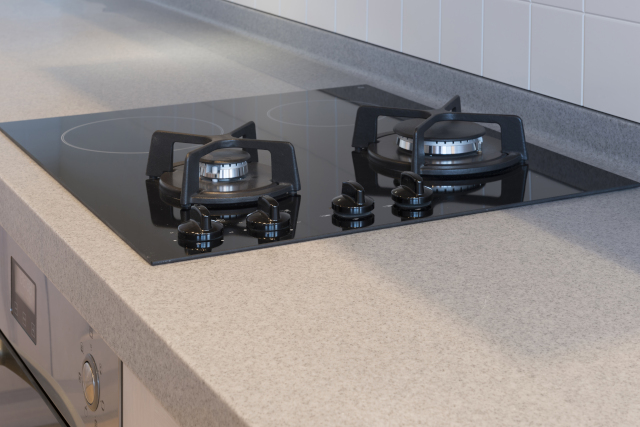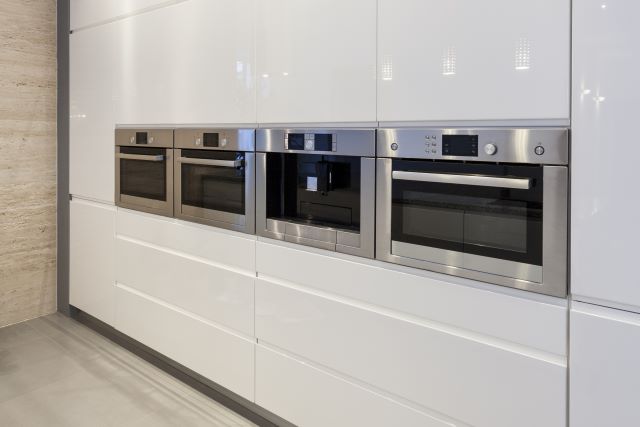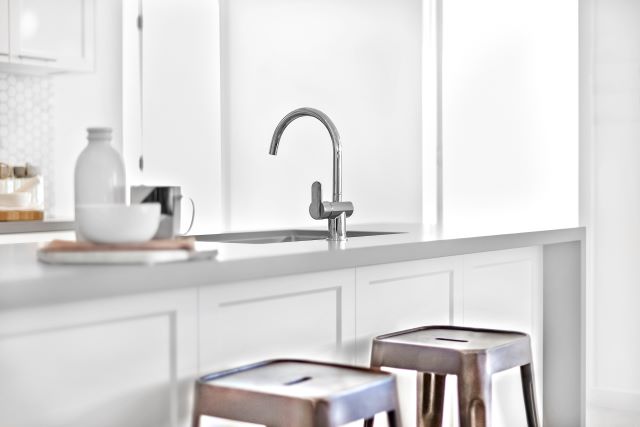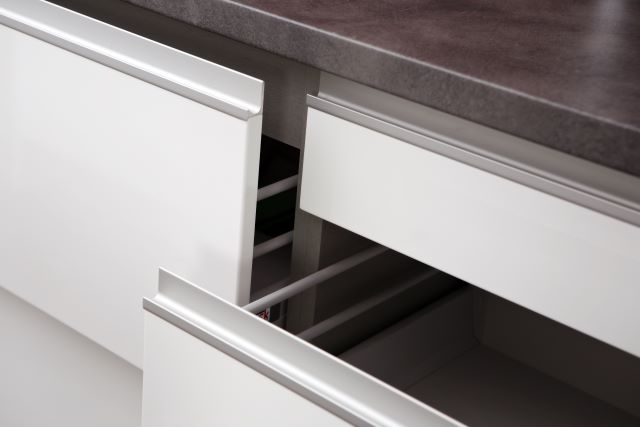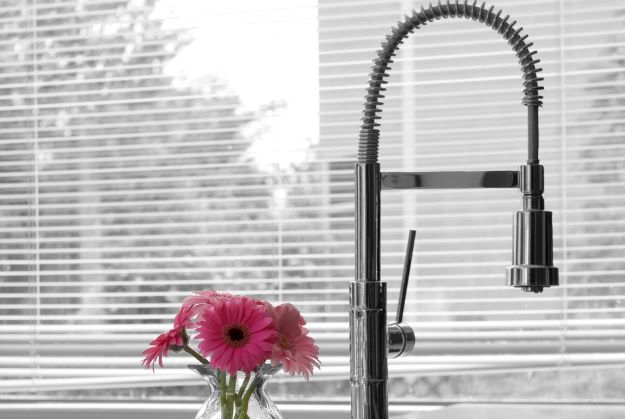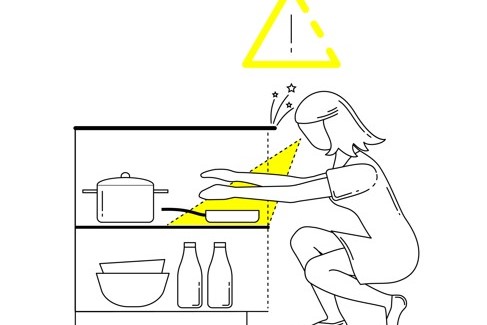Kitchen Planning
What’s this course about?
Have you often wondered what it would be like to be a designer or had an unrealised creative dream? Well, this course is ideal for those with an interest in kitchen design but are not ready to study to be a professional. Learning from industry experts, you will discover the common kitchen layouts, practicalities of planning a functional work triangle, benefits of allocating safety set down space and many industry tips and guidelines that professional kitchen designers incorporate when they design a kitchen. This course is the perfect introduction for those not wanting to make the leap into kitchen design as an occupation but want the inside knowledge.
Who would do this course?
- sales consultants who sell product to end users (e.g. tile shop, appliance retailers etc)
- product specifiers and industry sales representatives who sell products to the design industry
- home owners or renovators who have an interest in kitchen planning
Delivery and Duration
Online and self paced – 20 hours (Once you have commenced you can access support for 4 weeks to complete the course).
If you are interested in completing this course prior to the Certificate IV in Kitchen and Bathroom Design, please contact us to find out how you use this for credit.
Cost inc GST
$990.00
COURSE OUTLINE
- Reading an interpreting orthographic drawings including, plans and elevations
- Introduction to the most common kitchen room layouts including, Galley, L-shape, U-shape, Corridor, Island etc
- Understanding the benefits of each room layout
- Evaluating the best room layout in the available space
- Fixtures and fittings in kitchens
- Common sizes of appliances
- Navigating the technology available for built in and freestanding appliances
- Other equipment used in the kitchen
- Introduction to the work zones in kitchens
- Understanding the purpose and objective for each work zone
- Achieving functional work triangles
- Industry standards and best practice for set down clearances
- Options for storage including shelving, cabinets, drawers etc
- Investigating hardware and accessories to improve storage solutions
- Introduction and application of Liveable Housing Guidelines in kitchens
- Best practice ergonomics in kitchens
- Consideration of future needs
| Learning Resources | Online and downloadable |
|---|---|
| Student Resources | Computer with Microsoft Office or equivalent |
| Trainers | Experienced and qualified designers with broad skills and knowledge in design and the home improvement sector |
| Support and advice | Phone and email throughout the course |
| Projects and feedback | Trainers will give written feedback, which may include general guidance and industry tips and tricks |
| Dates | Anytime. We will contact you within 1 business day of registration to organise access to course resources |
| Certificate of participation | Available for all students who submit a project |

